How to increase a property's value by adding an extra bedroom
Monday, 12 August 2024
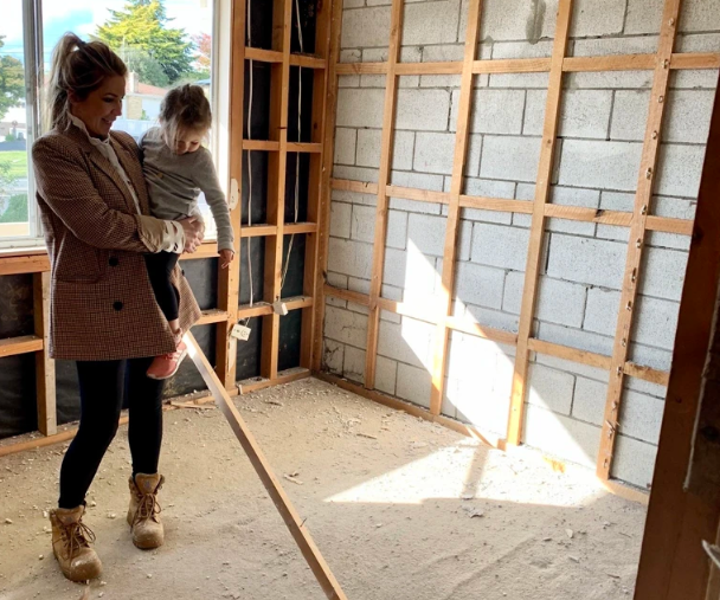
By continuing, you agree to our terms of use and privacy policy
Instructions on how to reset your password will be sent to the email below.
Your password reset link has been sent. Please check your inbox and follow the instructions provided.
Monday, 12 August 2024

Adding an extra bedroom to your property is a crucial step for anyone looking to successfully implement a BRRRR strategy. Why? Because an extra bedroom is the quickest and most cost-effective way to boost both the value and cash flow of a property. This is why the question “how do I add an extra bedroom” is often asked by those considering or actively engaging in renovation-based strategies.
However, not every house has the potential to be reconfigured for an additional bedroom. In this article, we’ll take you through a step-by-step guide on how to add an extra bedroom, starting from the very beginning, and what to consider even before you visit an open home.
Most houses built between 1960 and 1980 have surplus floor space that could be turned into a bedroom without making it too obvious. Often, this could be a separate dining room or an oversized kitchen.
Before you start searching for houses, it’s essential to find a property with a large enough floor plan to add an extra bedroom. Here are the minimum sizes to look for:
For example, take a typical 3-bedroom house from the 1970s. If you find one with a floor plan between 90 to 95 square metres (and there are many), there’s a good chance you can add an extra bedroom.
Note: Sometimes, you might be able to squeeze in an extra bedroom in a slightly smaller house, but generally, these are the sizes you should be aiming for.
Most of the time, you’ll find extra space in the formal dining area, which is often an existing separate room that can easily be transformed into a bedroom.
When browsing properties online, such as on Trade Me or Realestate.co.nz, many listings in larger cities like Auckland and Hamilton include floor plans. This allows you to start filtering out unsuitable properties without leaving your home.
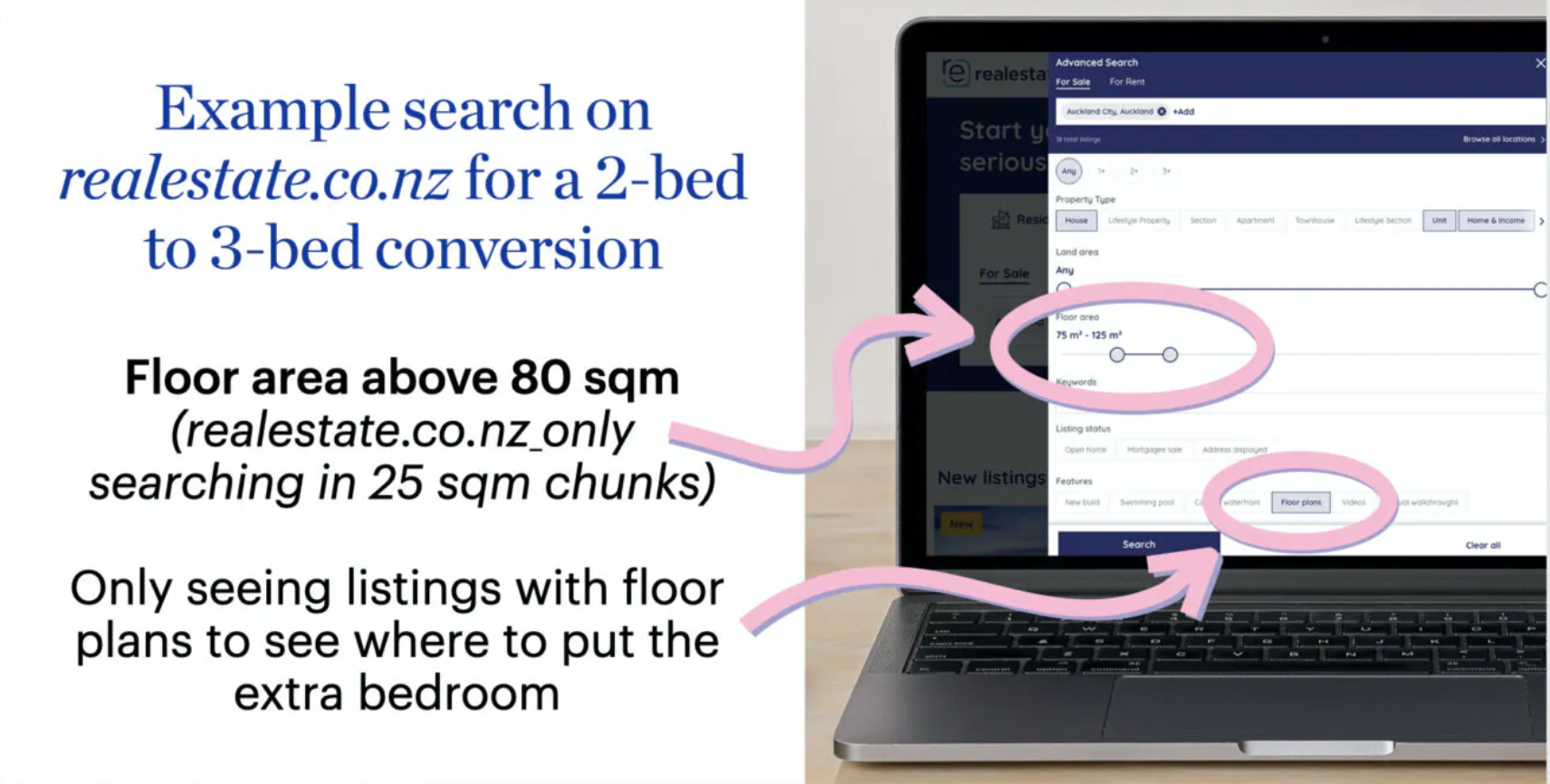
The next step is to examine these floor plans to identify a spot where you could place the extra bedroom. Keep in mind that any additional bedroom should be a minimum of 7 to 8 square metres, including a wardrobe. Anything smaller will feel more like a study than a legitimate double bedroom. Without a wardrobe, it won’t be recognised by tenants and valuers as a true extra bedroom.
If the room feels more like a study, it won’t add as much value or rental potential to the property.
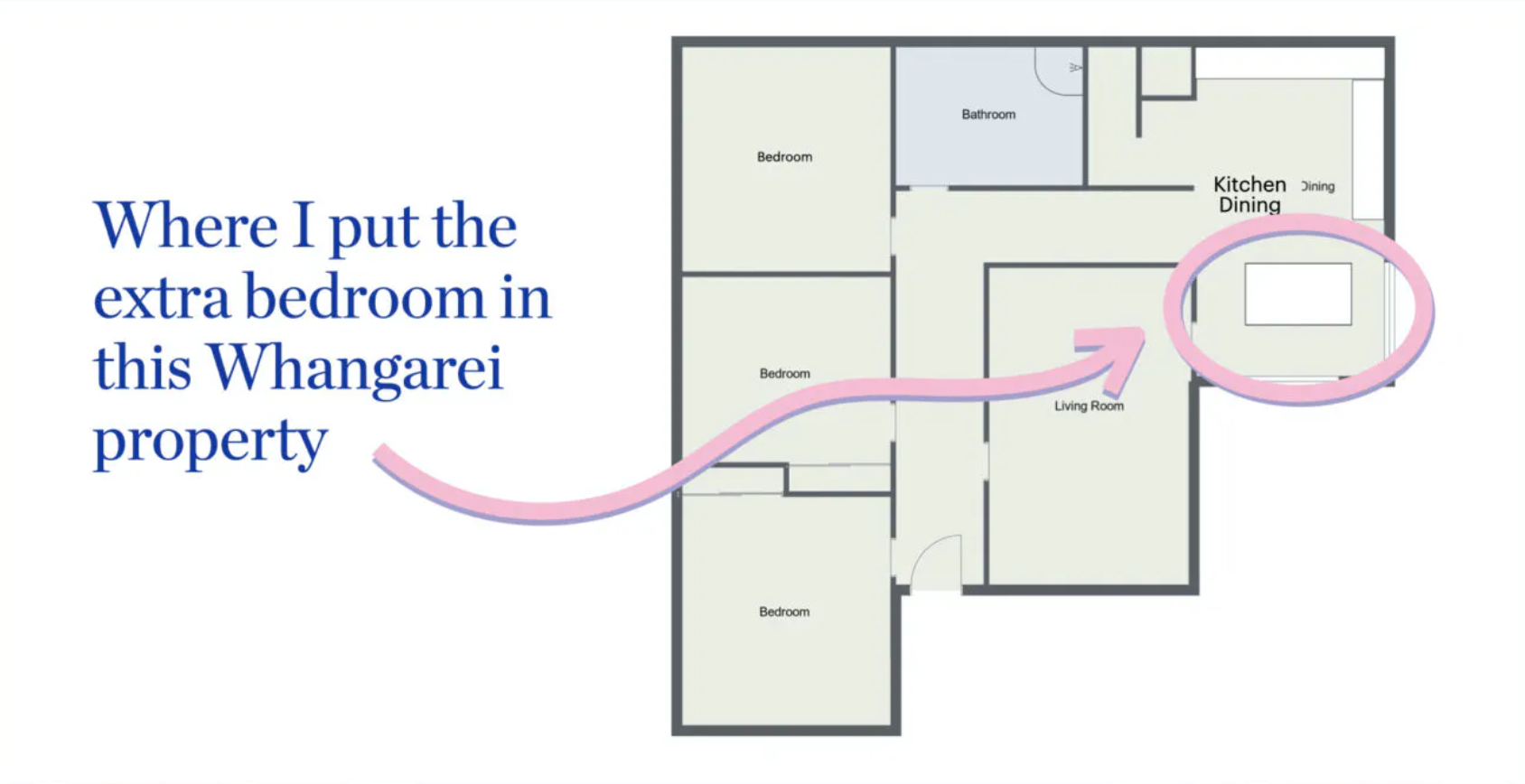
It’s understandable to worry about how chopping out a dining room might affect the flow of the property, creating an awkward hallway from the kitchen to the lounge or something similar.
Here are three things to keep in mind:
The key is not to turn the property into a dive if you want good rent and a valuable house.
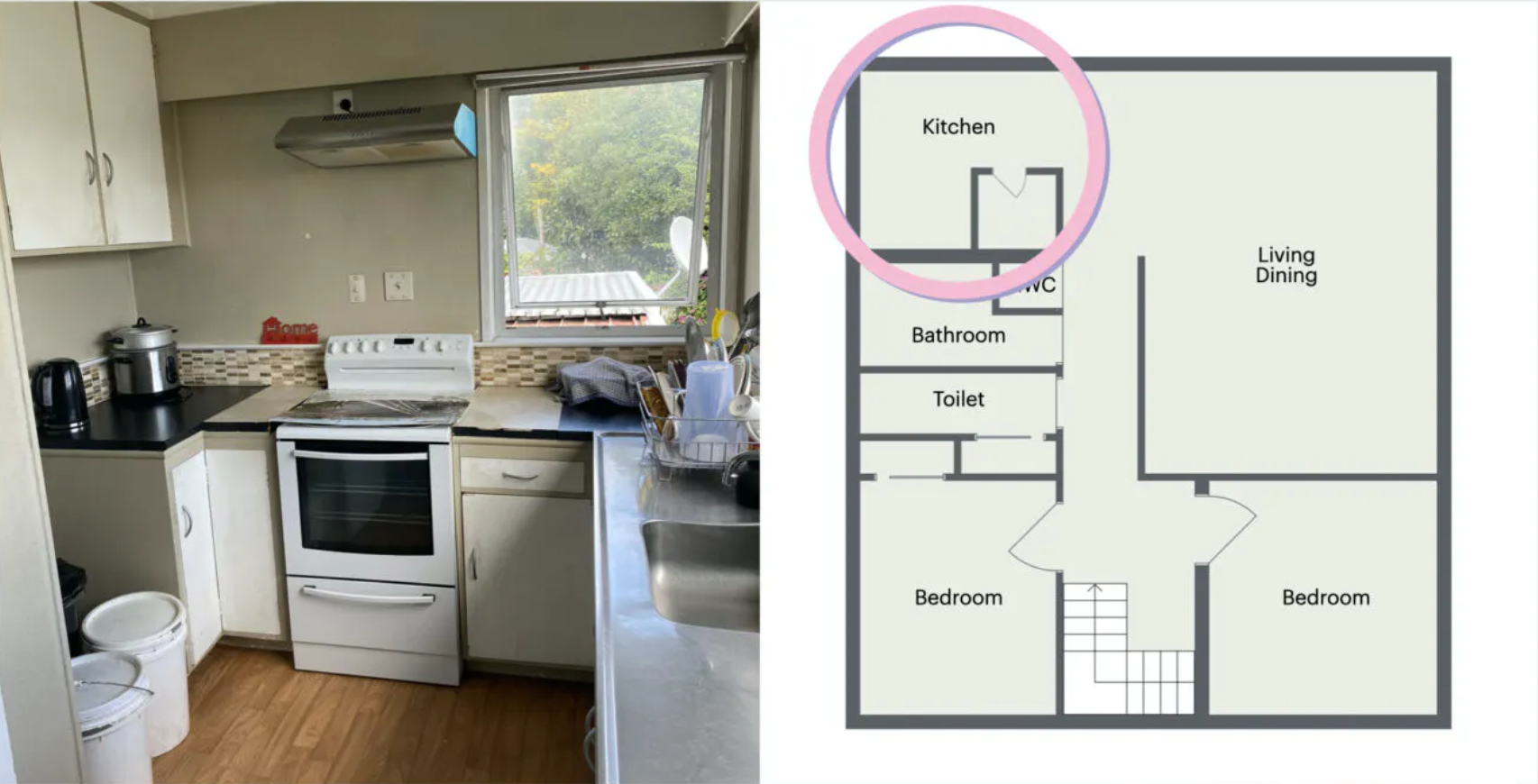
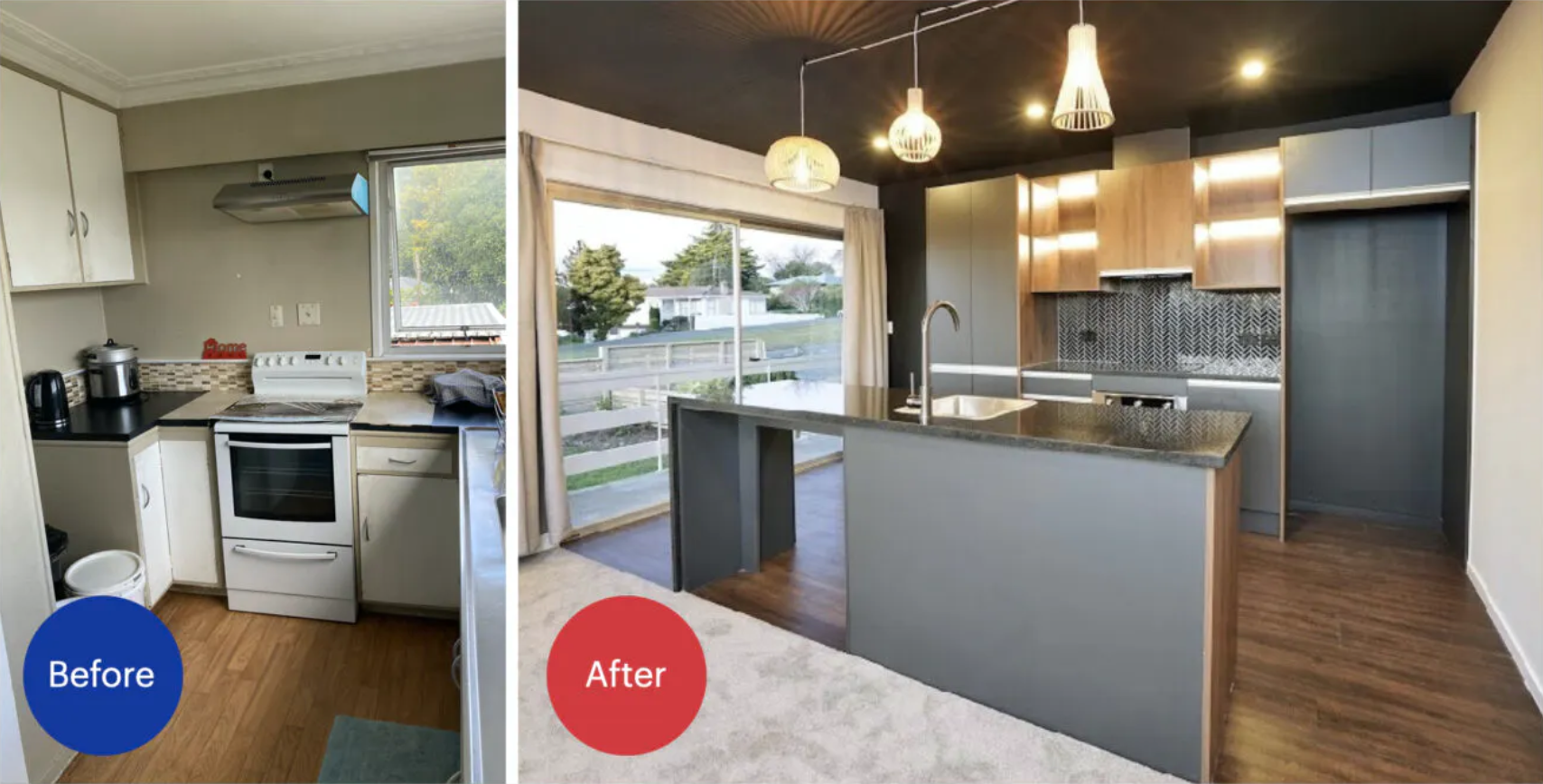
To create the extra bedroom, you’ll likely need to put in a cosmetic wall to separate the spaces. For a dining-room-to-bedroom conversion, which is the most common, you’ll need a Licensed Building Practitioner. The whole project can take about a week in summer, but colder weather and rain in winter might extend it to two weeks.
I’ve seen some poor renovations where investors have gone wrong when adding an extra bedroom, often first-timers who thought they could “just bang up an extra wall” without fully thinking it through or seeking advice from a renovation coach. Here are the three things you need to think about:

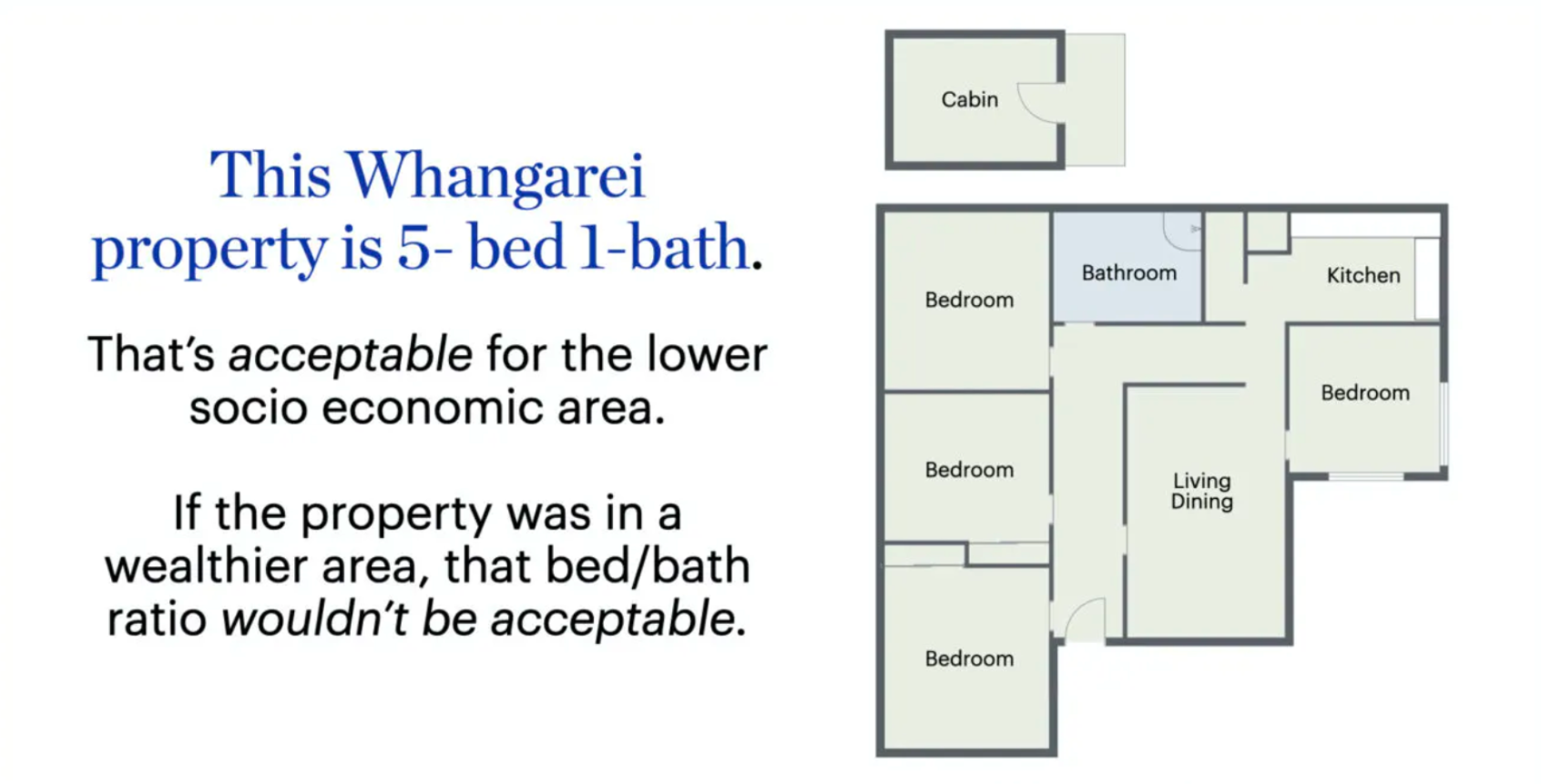
The most cost-effective way to add a bedroom is to convert a dining room, which should cost about $7,000 to $8,000. This includes the licensed building practitioner, painter, jib stopper, and electrician. The project should take about one to two weeks to complete, and you can generally expect to recoup the cost through increased rent within the first year.
If you’re considering converting a kitchen, be aware that moving plumbing and pipes will add to the cost, so if possible, leave the pipes alone.
Adding an extra bedroom is the number one strategy we use to add value to properties and increase rent. It’s a compulsory part of our six-step cashflow hacking process, and I won’t let the investors I coach buy a property unless they can find a way to add an extra bedroom.
However, it’s up to you as the investor to conduct due diligence and make sure that whatever value you’re adding to the property has been thoroughly scrutinised and is appropriate before committing to the purchase.
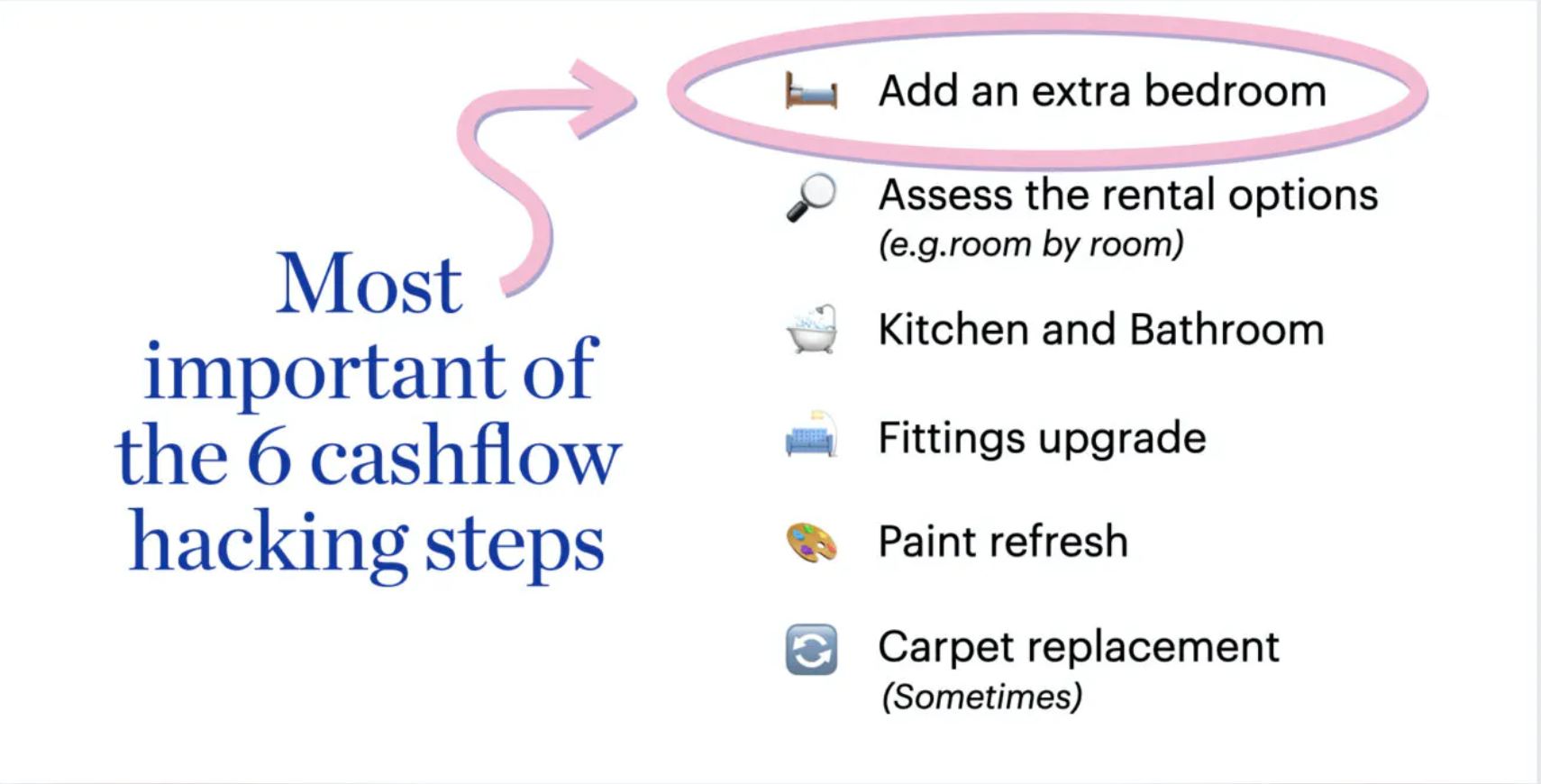
Book a complimentary 15-minute consultation with Ilse Wolfe. As a seasoned expert in real estate, Ilse brings knowledge and personalised strategies to help you confidently navigate the market. Whether you're buying, selling, or simply exploring your options, this free session is your gateway to invaluable insights and tailored advice.

About the author: Founder of Wolfe Property Coaching in New Zealand, Ilse Wolfe's story is one of incredible perseverance, smart strategies, and unwavering determination. Today, Ilse boasts a $20 million portfolio and a wealth of knowledge gained from her experiences. For ongoing tips and insights, tune into Rinse and Repeat. This monthly podcast features global real estate experts and delivers short, exciting episodes aimed at transforming the way Kiwi investors approach property. Contact Ilse on 021 848 280 or visit: www.wolfeproperty.co.nz

Read more
From the top of the North through to the deep South, our salespeople are renowned for providing exceptional service because our clients deserve nothing less.
Managing thousands of rental properties throughout provincial New Zealand, our award-winning team saves you time and money, so you can make the most of yours.
With a team of over 850 strong in more than 88 locations throughout provincial New Zealand, a friendly Property Brokers branch is likely to never be too far from where you are.